Camellias are evergreen shrubs known for their aesthetic beauty, how they bloom, and their attractive evergreen foliage.
They are known as the Queen of winter flowers, mainly because of their appealing looks.
They start blooming from Spring (Early, Mid, and Late), Fall, and bloom till winter.
They are known to be the world’s best flowering shrubs during these seasons when the other flowers bloom less.
Many people say that it is challenging to grow Camellia, this is not true. With the right information and care, you can grow anything you want, including Camellias.
Factors You Should Know Before Planting Camellias
Temperature – Camellias are grown in temperature climates and are quite sturdy to zones 6-9. You should check your zone online before planting these.
Soil – Camellias require moist, organically rich, slightly acidic, and well-drained soil to grow. Testing your soil’s ph. The level is quite essential before planting. An ideal of 5.5 or 6.5 pHs. is best to plant Camellias.
Sun – Camellias require partial sun’s glare to grow or part shade. You also need to protect them from the summer afternoon sun, allow the Camellias to soak themselves in full sun only when they have matured enough or their roots are protected from their dense leaves.
It would help if you protected them from the harsh, cold, and dry winter winds, especially when they are young, since their buds or flowers may get damaged.
Camellia Varieties: You’ll Want in Your Garden
1. Spring Mist Camellia
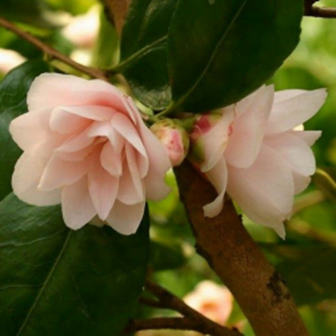
Camellia’ Spring Mist’ is fragrant and lively. It features small, semi-double, blush pink color flowers. It can grow up to 4-5ft tall and spread about 3-5ft.
They start from being blush pink in color and white at the edges, and they have golden stamen and creamy filaments. If you live in the northern region, you can grow these flowers from October-March, and in southern regions from March-August.
You can plant them in your flower beds, hedges, or wall-side borders. They mostly require partial sun’s light to grow and moist, acidic, well-drained soil.
2. Polar Ice Camellia
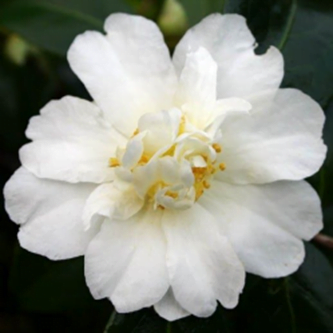
This Camellia flower is called the ‘Polar Ice’ because of its snow-white petals, which look like pure ice. It grows in Fall and Winters only and is undoubtedly eye-catching.
These flowers are quite sturdy and can be wrong in cold regions of 6-9 zones. They are 5-6ft tall and5-6ft. Wide, one flower contains a total of 12 white petals with golden stamens and blooms properly in about 4-6 weeks.
It requires partial sunlight, moist, well-drained soil to grow, and an average requirement of water. Protect them from the scorching sunlight.
3. Betty Ridley Camellia
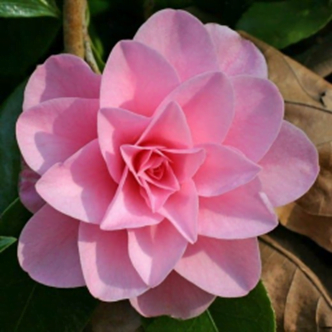
This Betty Ridley flower has a fantastic hue of pink in it. You can see the buds like a rose when it opens, accompanied by lovely and breathtaking formal-double petals making a medium-size flower.
It grows up to 8-10ft and spreads 6-8ft wide. It includes 75 astonishing petals of Tyrian rose color. It blossoms throughout the year with its lovely flowers and bushy, evergreen leaves.
These flowers bloom in Spring (Early and Mid), Fall and Winters, from November-April in the northern hemisphere, and April-September in the southern hemisphere.
4. Japonica Bob Hope Camellia
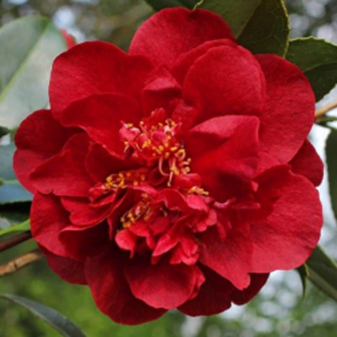
This Camellia is an award-winning, large, compact feature featuring large, deep red, semi-double blossoms of 5 inches wide with golden stamens and unique ruffled petals and flowers.
This flower blooms in Early Spring and Winters, from January-March in the northern hemisphere and June-August in the southern hemisphere.
This flower is the epitome of beauty throughout the spring garden of yours, and you can never go wrong in choosing it.
It grows up to 6-8ft tall, with lush, evergreen leaves supporting them. The best place to plant these beautiful creatures is, of course, in your flower beds, but also on the hedges, or create a beautiful sidewall.
5. Japonica Apple Blossom Camellia
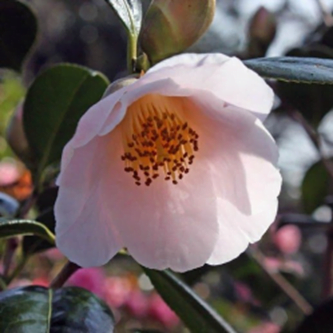
The Apple Blossom Camellia flower features extraordinary semi-double flowers, 3-4 inches wide and resembling the apple blossoms.
The petals show a blush pink color at the edges but fade as it goes in the flower center, where hearty golden stamens are present.
This flower grows in Early Spring, Fall, and Winters over several months. It is the best flower to pick for your spring garden, and it will liven it up.
It is also supported by the dense, evergreen leaves and grows up to 10ft tall.
6. Winter’s Star Camellia
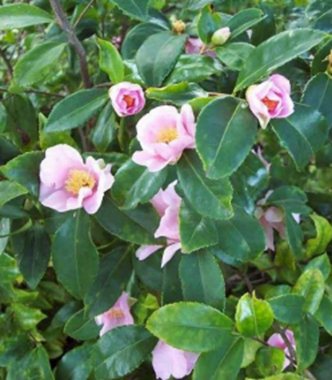
Grown in Fall and Winters, thereby having its name, the Winter’s Star is this elegantly pink flower known to survive the cold hardiness, that of the USA or the zones 6-9.
It has showy pinkish flowers, blooming in the Fall for 6-8 weeks from October-November. Each flower is 3-4 inches wide, consisting of 6 magenta light pink petals and a whole bush of golden stamens in the center.
The petals are shed when the flower has wholly bloomed so that the gardener does not have to pick up the dead flowers after that.
7. Japonica Hagoromo Camellia
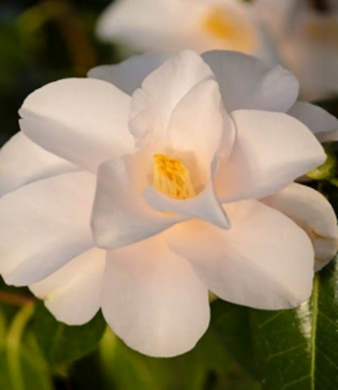
This is an award-winning, medium-sized, beautiful, semi-double blossoms, growing up to 4 inches wide with blush yet pale-looking pink petals that are recurving and look stunning.
During Spring (Early, Mid, and Late), this flower blooms, and Winters, from January-May in the northern hemisphere and June-October in the southern hemisphere.
This Camellia flower becomes a specialty in your garden when it has bloomed fully. It is supported by bushy, lush, narrow, evergreen leaves throughout the season.
It can grow up to 6-8ft tall and 4-5ft wide, and it requires partial sunlight and well-drained soil.
8. Japonica Ballet Dancer Camellia
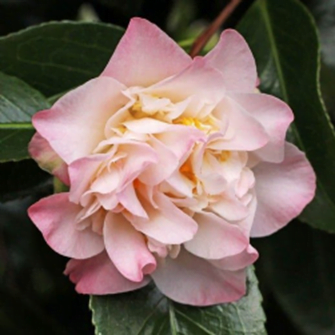
This Camellia flower is such eye-catching, graceful that you cannot stop looking at it. It has medium-sized, full peony form flowers, with creamy-pink petals and petaloid (small petals) both in mixed form.
With their friendly and warm pink clothes inside petals or form a pretty display around the edge, the outer petals open wide.
This flower blooms in Early Spring and Winters, from January-March in the northern hemisphere and June-August in the southern hemisphere.
It is supported by luxurious, glossy, dark green leaves, and the petals are about 3-4 inches wide.
9. Japonica Korean Fire Camellia
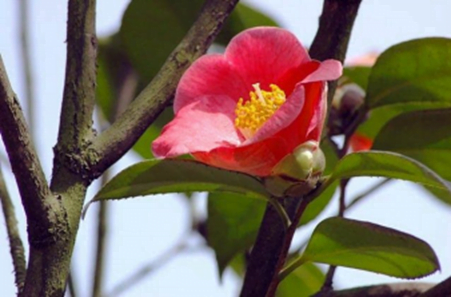
This flower has won the gold medal award for being an extraordinary spring-blooming Japanese camellia flower, with a flock of single, funnel-shaped, deep red petals with salient yellow-golden stamens in the center.
The flower blooms in the Spring season only (Early, Mid and Late), from March-May in the northern hemisphere, and August-October in the southern hemisphere.
They are supported with yet another glossy and evergreen dark green leaves. This flower is also called Korean Fire because of its deep red color with golden stamens.
It is a sturdy flower that can grow in challenging cold regions like the USA with zones 6-9.
10. Japonica Carter’s Sunburnt Camellia
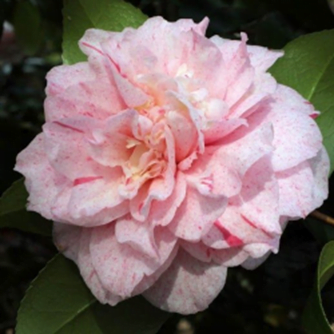
This Camellia flower grows in Spring (Early, Mid, and Late), Fall, and Winters for an extended period from November-April in the northern hemisphere. From April-September in the southern hemisphere.
It has been prized for being the most long-lasting season flower, a Japanese flower featuring huge, semi-double, loose peony form flowers, 5.5 inches wide.
This flower has unique colors, and the base has a wavy, soft pink color, accompanied by a stunning splash of dots and little stripes of a reddish-pink color. They look astonishing with evergreen, bushy, green leaves.
Conclusion
Camellia flowers are of many varieties, and each one of them is incredibly attractive and the best option to grow in your garden.
Not only your guests, but you will fall in love with them too. All of them require partial sun’s light and moist, well-drained, organically rich soil to grow.
You can grow them in flower beds, on hedges, sidewalks, patios, containers, etc. They can be grown in any garden, be it in a city or courtyard, traditional garden, Japanese garden, etc.

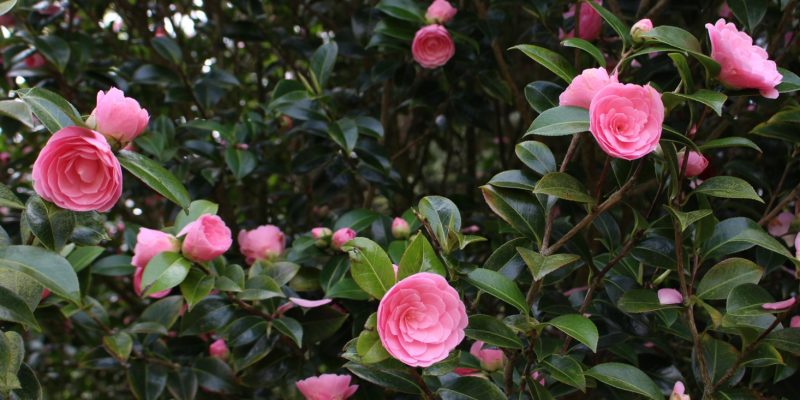
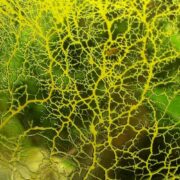
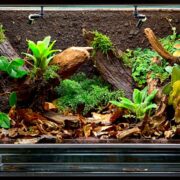
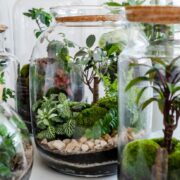
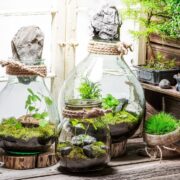
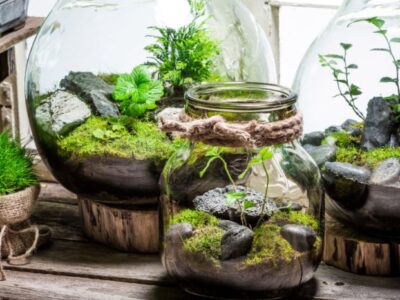
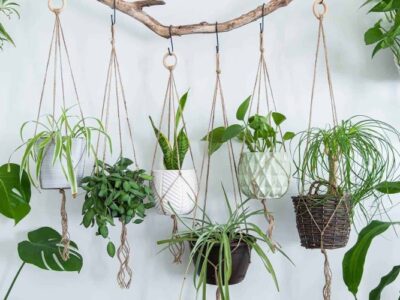

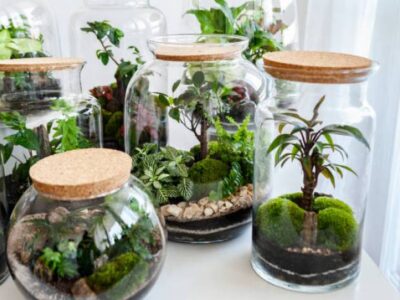
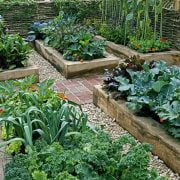
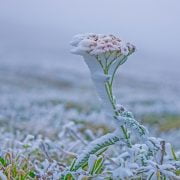
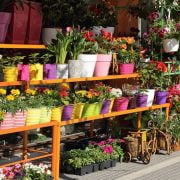
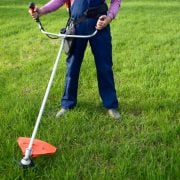
Comments